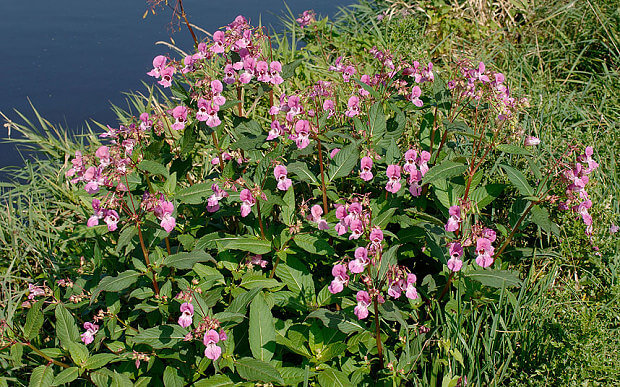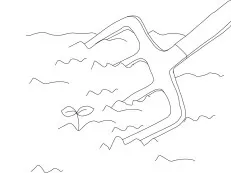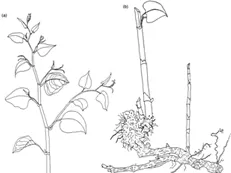
Originally introduced by Victorian gardeners in 1839, Himalayan Balsam is now one of the most invasive species in the UK. It is known to be the largest annual plant in Britain, and you are likely to see it growing along riverbanks and streams due to the rate at which it has spread. How is it that such an attractive plant is now listed under Section 14 of the Wildlife and Countryside Act 1981?
Himalayan Balsam can tolerate low light levels and due to the extent of the growth, it creates a pseudo woodland meaning that any other plants growing within close proximity are shadowed, therefore inhibiting their growth. Add this to the fact that it can erode riverbanks, therefore, result in flooding, it comes as no surprise that allowing Himalayan Balsam to spread into the wild can lead to prosecution.






